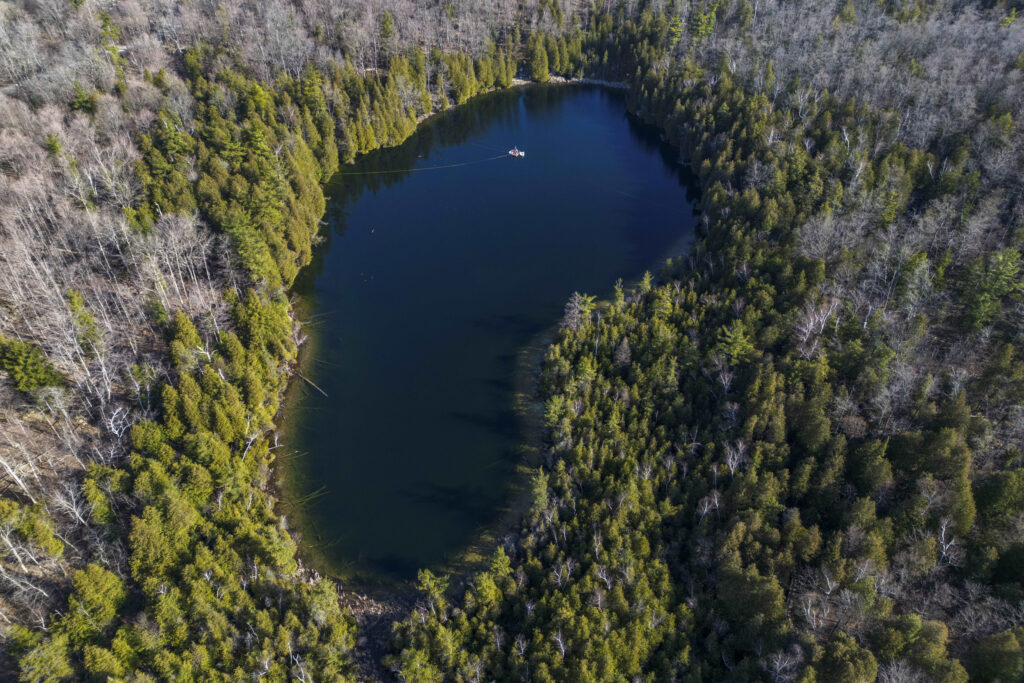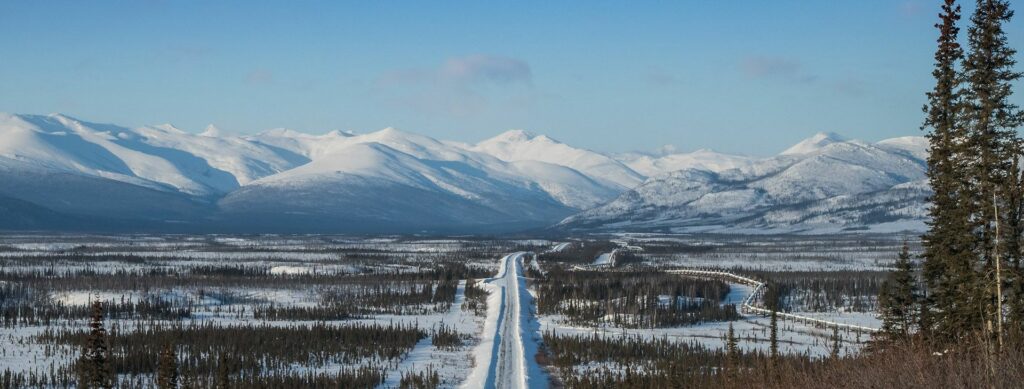... that northern Ontario was about 2 degrees C warmer than today for a stretch of about three thousand years starting about 7800 years ago, which matches evidence from around the world of a long warming peak in the current interglacial period. However the scientists say it in a more precise way: “Modern analog reconstructions of average temperature from Holocene pollen assemblages of Charland Lake showed temperature was ~2°C warmer than present conditions ~7800–4500 cal. yr BP, a time period consistent with the Holocene thermal maximum (HTM).” They add that “BP” means Before Present, and by “Present” they mean 1950. But with the help of the handy charts at weatherstats.ca we can see that the average temperatures at nearby Timmins haven’t changed much since then. And not only was the past warmer, it was also drier. And then wetter. As in, “Analysis of fossil pollen showed that the HTM in northeastern Ontario was warm and dry from ~7800 to 6000 cal. yr BP and then became wetter, but still warm from ~6000 to 4500 cal. yr BP.” Scientists say.
Perhaps the black bears and moose prowling the woods of northeastern Ontario in 4000 BC got a kick out of trying to scare each other with annual headlines about the Hottest Year Ever! And somewhere around then it actually would have been the hottest year ever, at least in the current interglacial period, never to be matched since. Sadly the moose and the bear didn’t keep very good temperature records, which is why scientists have to dig up layers of sediment in the bottom of lakes to try and infer what the climate was like back then. And while they were looking for clues about temperature, they also found evidence that the production of all kinds of microscopic creatures varied over time, in ways that don’t necessarily match the records from other regions of Northern Ontario and which aren’t easy to connect to changing climate conditions. And that, in turn, means the ecology of lakes in a changing climate is – all together now – complicated, and not easy to predict or generalize about.
These findings suggest that the link between climate and production can be very complex. If broadly true, it suggests that lakes in northeast Ontario may respond differently to future climate change than lakes elsewhere even in northern Ontario, and that the response and susceptibility of lakes to climate change can vary across an ecozone.
At any rate, so scientists say.


